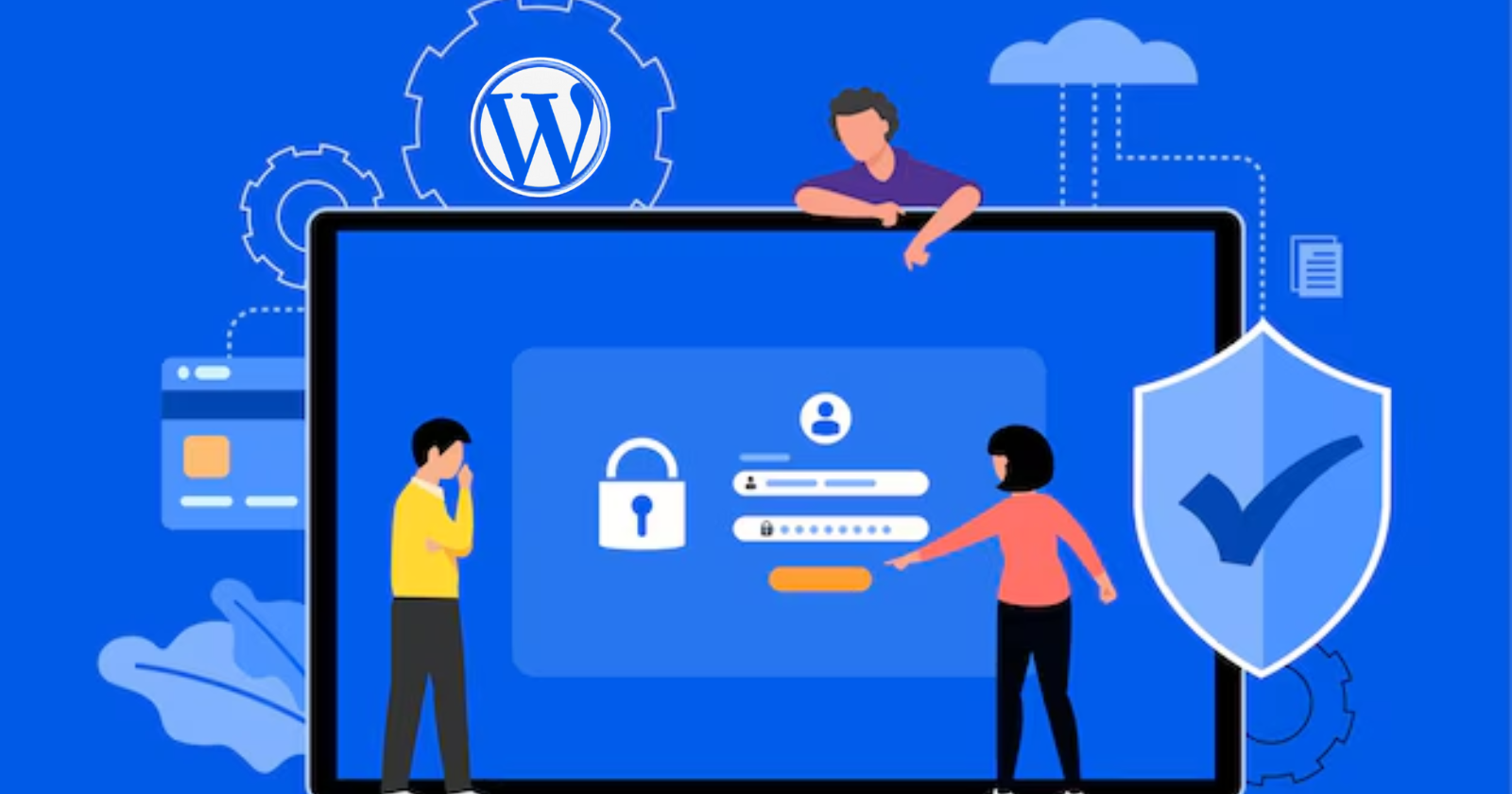Essential WordPress Security Best Practices for Protecting Your Website
 Maitry Patel
Maitry PatelTable of contents
- Introduction
- The WordPress Security Best Practices for Protecting Your Website
- 1. Keep WordPress Updated
- 2. Use Strong Passwords and Usernames
- 3. Limit Login Attempts
- 4. Enable Two-factor Authentication (2FA)
- 5. Install a Security Plugin
- 6. Use a Secure Hosting Provider
- 7. Set Up a Firewall
- 8. Secure Your wp-admin Directory
- 9. Regularly Backup Your Website
- 10. Use HTTPS and SSL Certificates
- Conclusion

Introduction
In today’s digital world, website security is more important than ever, especially for WordPress sites, which are popular targets for hackers due to their widespread use. A compromised website can lead to data breaches, loss of customer trust, and even damage to your business's reputation. Fortunately, by following essential WordPress security best practices, you can significantly reduce the risk of attacks and keep your site safe. In this article, we'll walk you through the key strategies and techniques to protect your WordPress website.
The WordPress Security Best Practices for Protecting Your Website
Here are some simple and effective ways to protect your WordPress website.
1. Keep WordPress Updated
WordPress releases updates regularly to fix bugs and improve security. Always update WordPress to the latest version. This includes themes and plugins. Outdated software can have vulnerabilities that hackers can exploit. Enable automatic updates or check for updates manually to stay protected. Updating your website is one of the most important WordPress security best practices.
2. Use Strong Passwords and Usernames
Many hackers use brute force attacks to guess login details. Avoid using ‘admin’ as your username. Choose a unique and complex username instead. Also, create strong passwords with a mix of letters, numbers, and special characters. Change your passwords regularly to reduce the risk of unauthorized access. Strong credentials are a key part of WordPress security best practices.
3. Limit Login Attempts
By default, WordPress allows unlimited login attempts. This makes it easier for hackers to guess passwords. Use a security plugin to limit login attempts. This blocks users who enter incorrect credentials too many times. It helps prevent brute force attacks and is an essential WordPress security best practice.
4. Enable Two-factor Authentication (2FA)
Two-factor authentication adds an extra layer of security. Even if someone steals your password, they still need a second verification code. You can use apps like Google Authenticator or Authy for this. Enabling 2FA makes it much harder for hackers to access your website.
5. Install a Security Plugin
A good security plugin helps protect your website from threats. It can scan for malware, block suspicious activity, and provide firewall protection. Popular security plugins include Wordfence, Sucuri, and iThemes Security. Install and configure a security plugin to keep your site safe. Using security plugins is one of the most effective WordPress security best practices.
6. Use a Secure Hosting Provider
Your hosting provider plays a big role in website security. Choose a reliable hosting service that offers security features like firewalls, malware scanning, and automatic backups. A good hosting provider helps prevent attacks and ensures your website stays online.
7. Set Up a Firewall
A firewall blocks malicious traffic before it reaches your website. Web Application Firewalls (WAF) are a great option for WordPress sites. They filter out harmful requests and protect your site from hackers. Many security plugins offer built-in firewall features.
8. Secure Your wp-admin Directory
The WordPress admin area is a common target for hackers. Restrict access to the wp-admin directory by using an additional password or limiting login access to specific IP addresses. This adds an extra security layer to your website.
9. Regularly Backup Your Website
Even with strong security, things can go wrong. A backup ensures you don’t lose your data in case of a hack or server failure. Use backup plugins like UpdraftPlus or BackupBuddy to schedule automatic backups—store backups on a cloud service for extra protection.
10. Use HTTPS and SSL Certificates
SSL certificates encrypt data between your website and users. This prevents hackers from stealing sensitive information. Google also ranks HTTPS websites higher in search results. Most hosting providers offer free SSL certificates. Install one to improve security and trust.
Conclusion
Website security should never be ignored. By following WordPress security best practices, such as regular updates, strong passwords, security plugins, and backups, you can protect your site from hackers and keep your data safe. If you're unsure how to secure your WordPress site, it’s best to seek expert help. Hire WordPress developers to handle your site's security and maintain its protection. Professional developers can implement strong security measures to safeguard your website from attacks, ensuring that it remains secure and up to date.
Subscribe to my newsletter
Read articles from Maitry Patel directly inside your inbox. Subscribe to the newsletter, and don't miss out.
Written by

Maitry Patel
Maitry Patel
I'm a passionate Technical Content Writer with a knack for simplifying complex tech concepts. From C# and cloud computing to machine learning, I craft content that helps developers and engineers thrive. Let's dive into the world of technology with clear, engaging, and actionable insights!